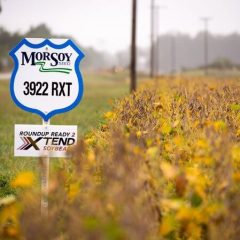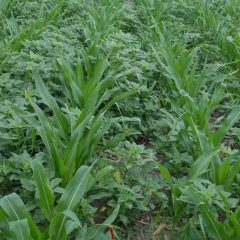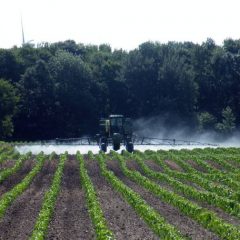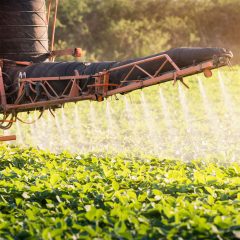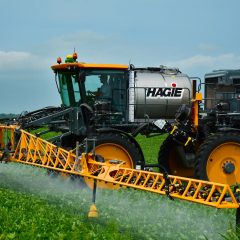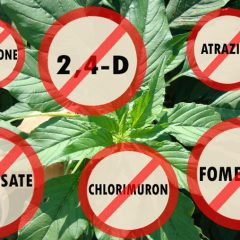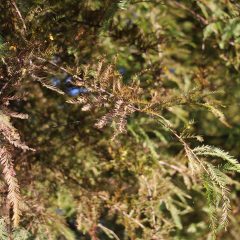Dan Charles, NPR’s widely respected food and agriculture correspondent, has written extensively about the dicamba drift crisis over the past couple of years (here are just a few of his pieces that were posted to the Managing Weeds for Healthy Kids site). In his latest NPR piece entitled “Is Fear Driving Sales Of Monsanto’s Dicamba-Proof Soybeans?,” he […]
Read More, References, Comment »
In just a couple more months, Arkansas farmers will be planting soybeans in their fields again. So, that means another contentious round of meetings and hearings so the Arkansas Plant Board can decide how and when soybean farmers will be able to spray dicamba on their fields. The dicamba drift disaster of the last couple […]
Read More, References, Comment »
DTN staff reporter Emily Unglesbee has ably covered the dicamba-drift crisis over the past couple of years. Her latest is a detailed, three-part series on Palmer amaranth, “possibly the most aggressive weed American farmers have ever faced” (Unglesbee, 2019a). Palmer amaranth is so scary because of its “spectacular reproductive abilities” and it’s extreme adaptability. This […]
Read More, References, Comment »
Note to Hygeia Readers — Ford Baldwin is a weed scientist that has worked to promote integrated weed management systems in Arkansas over a long career. In fact, his contribution was recognized this year when he was inducted into the Arkansas Agriculture Hall of Fame. He has been deeply involved since 2016 in trying to […]
Read More, References, Comment »
Much will be said about the EPA’s October 31, 2018 decision to extend for two more years the conditional registration of the three dicamba-based herbicides registered for post-emergence, “over the top” (OTT) applications on soybeans and cotton. The basics of the EPA’s decision are simple and not entirely meaningless in terms of reducing the extent […]
Read More, References, Comment »
AgPro reports that the first dicamba drift damage trials are on track to begin a year from now in October 2019. Several cases have been combined into a federal multidistrict litigation, and that case is moving forward in U.S. District Court in Missouri. The first case in this MDL to be heard will be that of […]
Read More, References, Comment »
Note to Readers: Steve Smith, Chairman and founder of the Save Our Crops Coalition and R+D Director of Red Gold (a major midwest tomato processor), has been actively engaged in the evolution and approval of dicamba-resistant crops. He has raised concern — and more recently alarm — over the damage done to non-target crops, trees, […]
Read More, References, Comment »
Over-the-top dicamba use on Roundup Ready Xtend soybeans and cotton will be allowed by EPA for up to two more years, with some additional use restrictions. This means farmers will be able to continue using the controversial new dicamba formulations XtendiMax, FeXapan, and Engenia that have damaged millions of acres of cropland, gardens, and other […]
Read More, References, Comment »
In an experiment conducted in Missouri, researchers have identified Palmer amaranth that is resistant to six herbicides. Amaranthus palmerii is a one tough weed. When full grown, at its base, stalks can match the circumference of a man’s wrist. One plant can set over 400,000 seeds. It has a long history of herbicide resistance, and […]
Read More, References, Comment »
The dicamba drift crisis continues to deepen, with worrisome coverage of the largely hidden (so far) toll of this herbicide on trees and vines, and wild landscapes. NPR’s Dan Charles has taken an in-depth look at dicamba’s impact on some “Prized Trees” throughout the Midwest and Midsouth, including 200 year old cypress in Tennessee (see the image to the […]
Read More, References, Comment »


